While it is possible for artificial intelligence (AI) to mimic the movements of a human body, it cannot perfectly clone the human brain.
Artificial Intelligence vs the Human Brain in the 4th Industrial Revolution
Each creature from microbe to man is unique when you consider that every life form is assembled from the same identical building blocks. Every electron in the universe is indistinguishable, by definition.
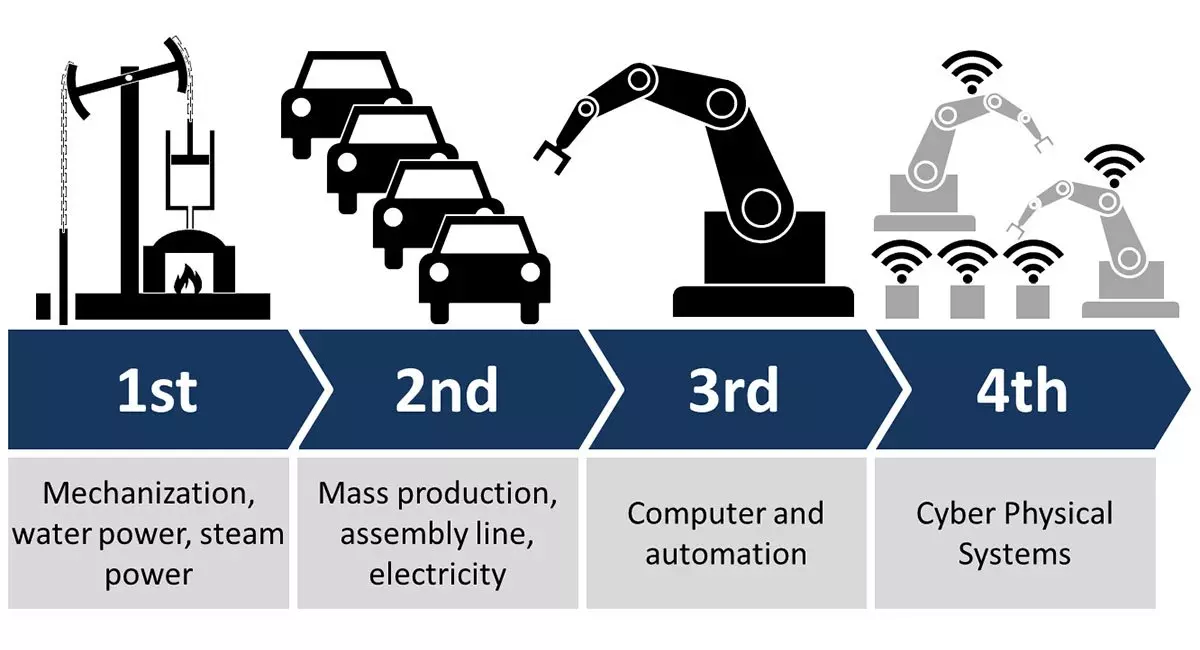
We have entered the fourth industrial revolution, an era that will be defined and driven by the rise of artificial intelligence, extreme automation and ubiquitous connectivity.
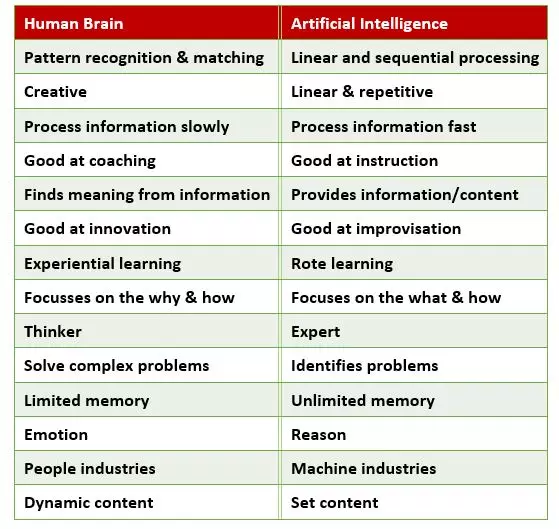
While human Intelligence looks to adjust to new environments by using a combination of various cognitive processes, AI aims to create machines that can imitate human behavior and perform human-like actions. Machines are digital, but the human brain is analogous.
What Are the 3 Phases of Artificial Intelligence?
There are three phases of AI:
Artificial Narrow Intelligence (ANI)
Artificial General Intelligence (AGI)
Artificial Super Intelligence (ASI)
The Combination of Brain-Computer Interfaces and Artificial intelligence
Just as ancient Greeks fantasized about soaring flight, today’s imaginations dream of melding minds and machines as a remedy to the pesky problem of human mortality. Can the mind connect directly with artificial intelligence, robots and other minds through brain-computer interface (BCI) technologies to transcend our human limitations?
Brain-computer interfaces (BCIs) have shown great prospects as real-time bidirectional links between living brains and actuators. Artificial intelligence (AI), which can advance the analysis and decoding of neural activity, has turbocharged the field of BCIs.
BCI technology allows a human brain and an external device to talk to one another—to exchange signals. It gives humans the ability to directly control machines, without the physical constraints of the body.

The human brain cannot be replicated because of its chaotic interactions with air particles. While artificial super intelligence (ASI) can potentially surpass brain structure to the last neuron, it won't fully replicate the working of a human brain due to different environmental, neurological and biological factors.
Very early versions of bionic eyes for people with severe vision impairment have been deployed commercially, and improved versions are undergoing human trials right now. Cochlear implants, on the other hand, have become one of the most successful and most prevalent bionic implants – over 300,000 users around the world use the implants to hear.
Risks & Opportunities of Brain Computer Interface Technology
Despite BCI being in its initial stage of development, it is expected to provide several benefits to its users in various fields.
BCI can also have a negative impact on its users in case it is not utilized properly. It can bring about a revolutionary change in different fields. For instance, in case of telepresence, the incorporation of BCI could allow humans to work in conditions that would otherwise put their health and safety in danger. This can potentially be of great help to military personnel. Similarly, the idea of BCI-enabled cars could help promote safety in the transportation sector. Even though there is a wide range of applications of brain computer interfaces and a diverse range of benefits it promises, adopters and developers of BCI should also keep in mind the risks of brain computer interfaces and act upon them accordingly to make the technology safer to adopt.
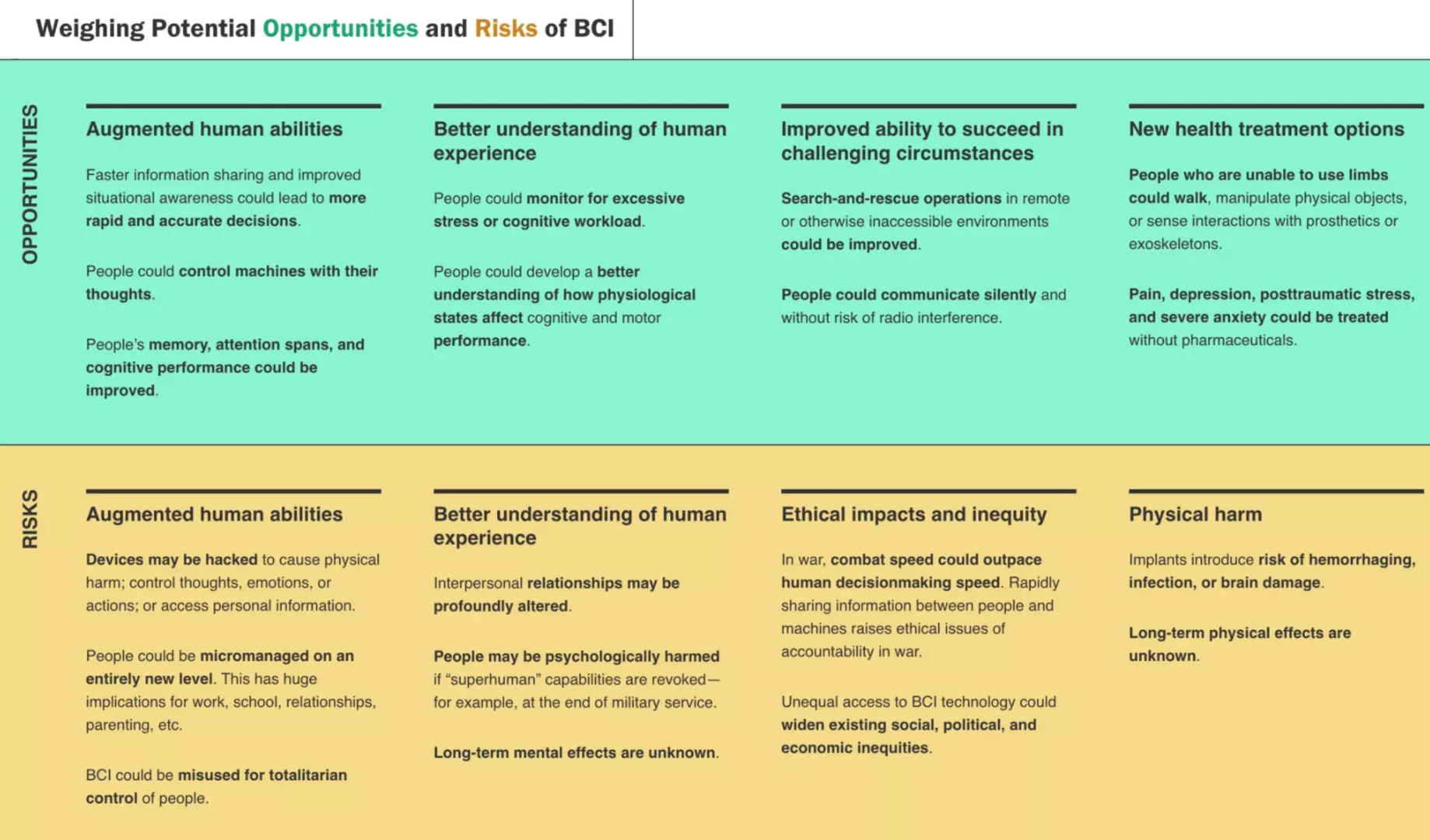
Conclusion
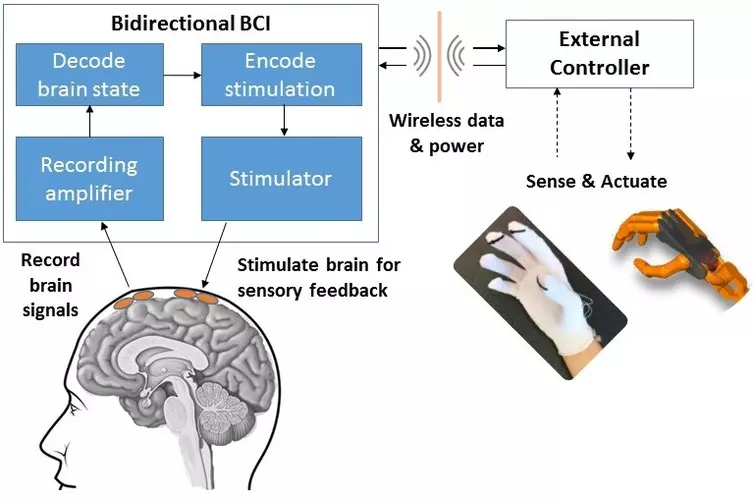
A bidirectional brain-computer interface (BBCI) can both record signals from the brain and send information back to the brain through stimulation. © Center for Sensorimotor Neural Engineering (CSNE).
Connecting our brains directly with artificial intelligence may ultimately be a natural progression of how humans have augmented themselves with technology over centuries, from using wheels to overcome our bipedal limitations to making notations on clay tablets and paper to augment our memories.

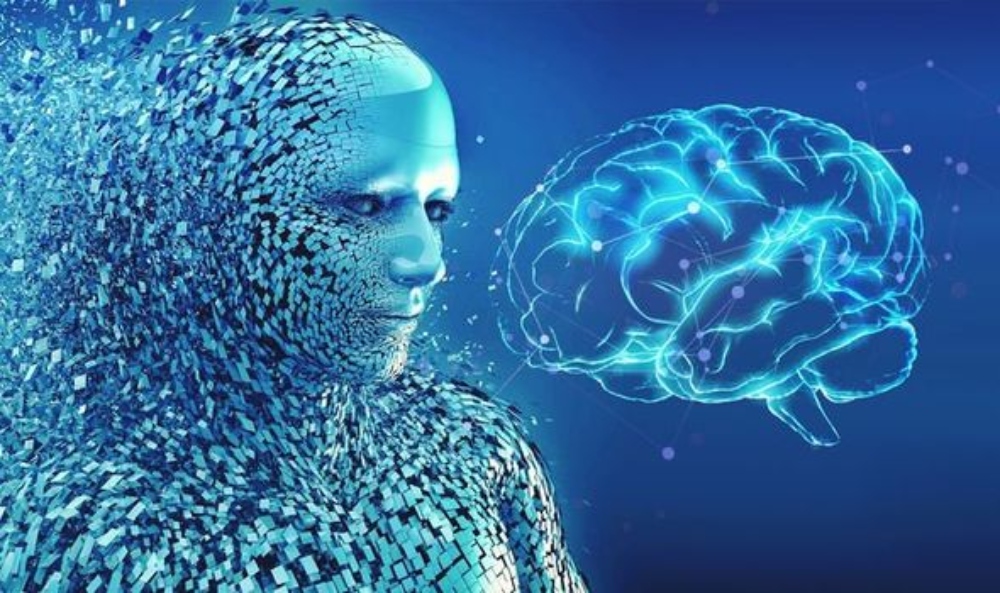


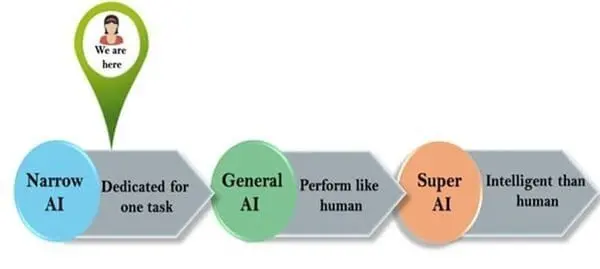




Leave your comments
Post comment as a guest